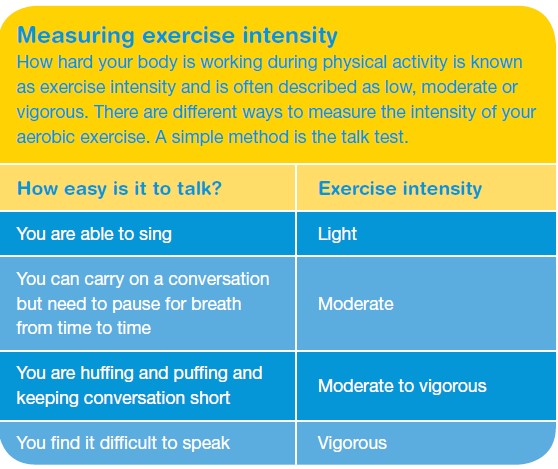Physical activity and cancer
Regular physical activity has been shown to reduce the risk of some cancers—including bowel, breast and endometrial cancer—and can also help you maintain a healthy weight.
Regular physical activity has been shown to reduce the risk of some cancers—including bowel, breast and endometrial cancer—and can also help you maintain a healthy weight.
Being physically active can help you maintain a healthy weight (an independent risk factor for cancer), however it also helps to manage insulin levels which can impact blood sugar levels and cancer risk. Exercise also speeds up food passing through the bowel, helping to expel toxins within the stool faster.
To reduce your risk of some cancers, aim for at least one hour of moderate intensity physical activity or 30 minutes of vigorous intensity physical activity on five or more days per week.

Moderate activities include brisk walking, medium-paced swimming or cycling.
Vigorous activities include active sports like football, squash, netball and basketball as well as activities such as aerobics, circuit training, jogging and fast cycling.
If you want to increase your physical activity levels, you may find that planning and scheduling ‘active time’ into your diary may help you get into the routine, particularly in the beginning when it is more difficult. Ideas for an active lifestyle:
This webpage was last reviewed and updated in January 2021.
Keep up to date with the latest news and breakthroughs